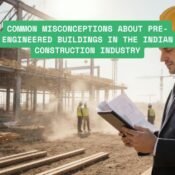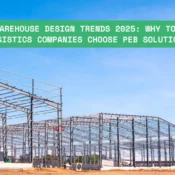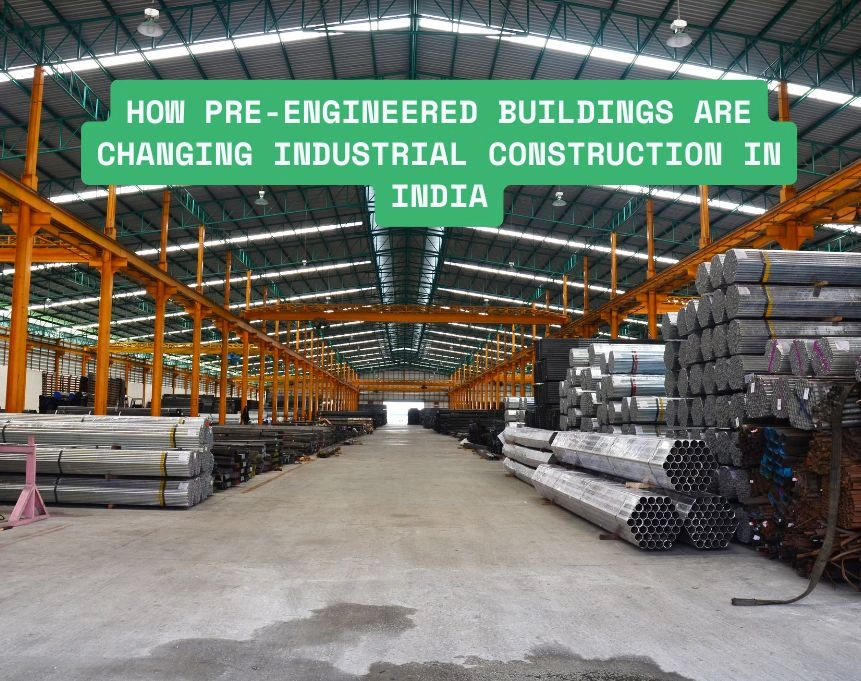
How Pre-Engineered Buildings Are Changing Industrial Construction in India
Introduction
India's industrial boom is undeniable. With the government's push toward "Make in India," foreign direct investments rising, and infrastructure development at an all-time high, one thing is clear, industrial construction needs to be faster, smarter, and more efficient than ever before. Traditional building methods, however, often struggle to meet the pace and complexity of today’s industrial demands.
This has led to the growing adoption of pre-engineered steel buildings (PEBs) across the country. These structures are not only changing how factories and warehouses are built but are fundamentally transforming the landscape of industrial construction in India.
In this article, we’ll explore how PEBs are reshaping the sector, look at the PEB impact in India, and understand how these systems are delivering critical advantages in steel construction, speed, scalability, and sustainability.
If you're planning an industrial facility, read how PEBs can save you time, money, and future headaches.
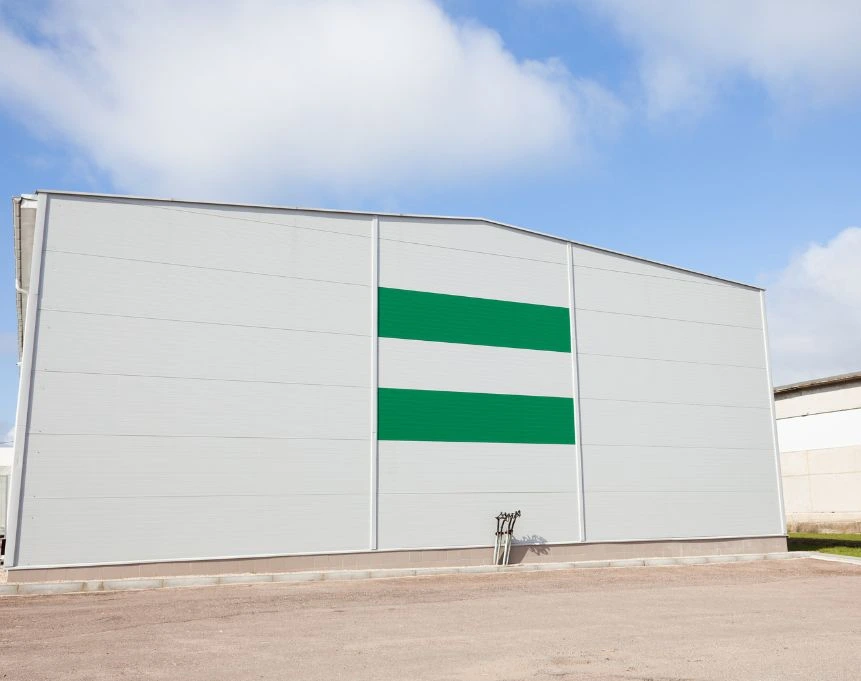
1. What Are Pre-Engineered Steel Buildings (PEBs)?
Pre-engineered steel buildings are structural systems built using pre-fabricated components manufactured in a factory and assembled at the construction site. Every beam, column, and panel is designed, cut, drilled, and welded before arriving at the site—ensuring faster installation and consistent quality.
A typical PEB includes:
- Primary steel framing (columns and rafters)
- Secondary structural elements (purlins, girts)
- Roof and wall panels
- Fasteners, insulation, and accessories
PEBs are especially suited for industrial construction because of their adaptability, speed, and ability to accommodate large spans without internal columns—perfect for machinery, material movement, and logistics operations.
2. The Changing Needs of Industrial Construction in India
Industrial developers today face multiple challenges:
- Rapid urbanization demands quick project turnarounds
- Labor shortages delay traditional construction
- Inflation increases material costs unpredictably
- Government regulations require greener, more efficient buildings
In such a scenario, time is money, and predictability is gold. That’s where PEBs come in, offering controlled cost, speed, and efficiency in one comprehensive package.
3. PEB Impact in India’s Industrial Sector
The PEB impact in India has been both broad and deep. Major sectors embracing pre-engineered steel buildings include:
- Automotive and auto parts manufacturing
- Pharmaceuticals and chemical processing
- Cold storage and food processing
- E-commerce and logistics
- Heavy machinery and fabrication workshops
In Tier 1 cities and emerging industrial hubs alike, PEBs have shortened construction cycles by up to 60%, helping industries start operations faster and achieve a faster return on investment.
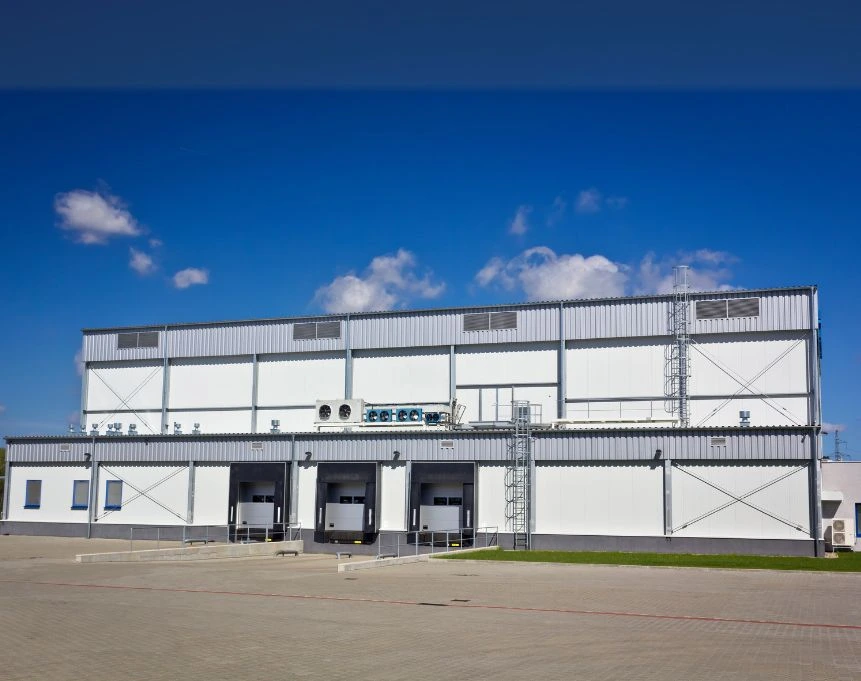
4. Key Advantages of PEBs for Industrial Facilities
Let’s take a closer look at the PEB advantages that make them so impactful in industrial settings:
A. Speed of Construction
While traditional structures may take 10–12 months to complete, PEBs often take less than half that time.
B. Structural Strength
Steel is naturally resilient. PEBs are designed to withstand heavy loads, seismic activity, and extreme weather.
C. Cost Efficiency
PEBs offer predictable pricing and minimize material waste, lowering the total cost of ownership.
D. Ease of Expansion
Need to add another wing or production unit? PEBs allow easy modification without disrupting operations.
E. Maintenance-Friendly
Steel buildings are easier to maintain and have longer lifespans compared to concrete.
5. Steel Construction: Why It’s the Backbone of Modern Industry
Steel construction has long been the material of choice in the global industrial sector—and for good reason:
- High strength-to-weight ratio: Stronger structures with less material.
- Precision engineering: Manufactured using CNC and robotics for exact fit.
- Recyclability: Steel is 100% recyclable, reducing environmental impact.
- Consistency: Unlike concrete, steel has consistent quality, unaffected by site conditions.
For factories, warehouses, and logistics hubs, steel construction offers the kind of durability and scalability that concrete just can’t match.
6. Design Flexibility in Industrial Facility Design
Gone are the days when steel buildings were considered "boxy" or generic. Today’s industrial facility design using PEBs includes:
- Column-free clear spans of 30–100 meters
- Variable roof slopes and building heights
- Integration of mezzanine floors and overhead cranes
- Custom cladding and facade options for aesthetics
Whether you're designing a production facility, a testing lab, or a logistics center, PEBs offer unmatched flexibility to tailor your structure to functional and operational needs.
7. Cost and Time Savings in Industrial Projects
Let’s break down how PEBs help you save:
| Element | Traditional | PEB |
| Construction Time | 10–12 months | 4–6 months |
| Labor Dependency | High | Moderate |
| Waste Generation | High | Low |
| Cost Predictability | Low | High |
| Expansion Difficulty | Difficult | Easy |
By significantly lowering construction time and reducing overhead, PEBs allow faster monetization of industrial assets and better capital planning.
8. Sustainability in Industrial Construction
Sustainability isn’t a trend—it’s a necessity. Pre-engineered steel buildings support green construction in several ways:
- Steel is 100% recyclable, reducing the demand for virgin materials.
- Factory fabrication reduces on-site pollution and waste.
- PEBs support solar panels, energy-efficient roofing, and natural ventilation systems.
- Faster build time means reduced site disturbance, noise, and emissions.
For businesses looking to meet ESG goals or qualify for green building certifications, PEBs are a smart choice.
At Metal Tree, we believe that building smarter means building faster, stronger, and more sustainably. Our pre-engineered steel buildings are redefining industrial construction across India—one facility at a time.
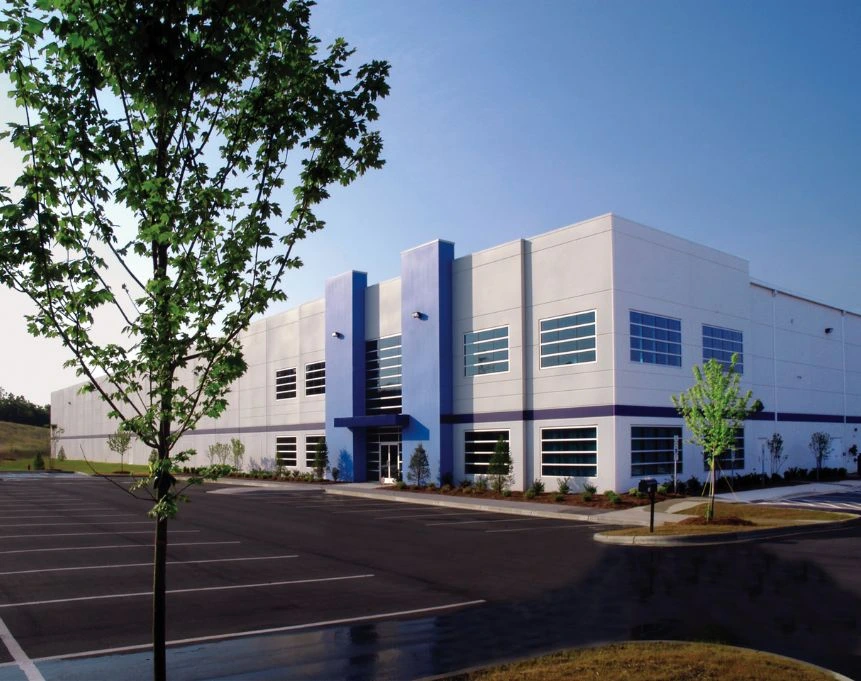
9. Conclusion
As India positions itself as a global manufacturing and logistics hub, its infrastructure must keep up. Pre-engineered steel buildings are not just an alternative—they are the future of industrial construction in the country.
With clear benefits in speed, cost, design, and sustainability, PEBs are empowering industries to build faster, operate smarter, and grow without limits. The PEB impact in India is already visible in industrial parks, manufacturing zones, and logistic corridors—and it’s only getting stronger.
Want to unlock faster timelines and better cost control for your industrial project?
Metal Tree delivers expert-engineered PEB systems designed to meet India’s growing industrial needs with precision and performance.
10. FAQs
1. What are the main benefits of using PEBs in industrial construction?
PEBs offer faster build times, lower costs, strong structural integrity, and flexibility in design.
2. How much time can PEBs save compared to RCC buildings?
PEBs can reduce construction timelines by 40–60%, depending on project complexity.
3. Are PEBs suitable for large-scale industrial facilities?
Yes. PEBs can accommodate wide spans and large loads, ideal for warehouses, plants, and logistics hubs.
4. What is the lifespan of a pre-engineered steel building?
With proper maintenance, PEBs can last 30–50 years or more.
5. Do PEBs support green building initiatives?
Absolutely. Steel is recyclable, and PEBs support energy-efficient features and reduced environmental impact.
Follow us on:
All Categories
Recent Posts
How Much Does a Pre-Engineered Building Cost in India? Ultimate Price Guide
Tags
Call Us at
+91 9311624628


